We were driving into an expanded and improved San Diego. We remembered a blah city with little character and with a lot of violence. In the past 20 years, the city built a huge stadium and convention centre right downtown, and trendy areas have developed in the suburbs around the university. North Park is one of them, and that is where we stayed. Craft beer places were back, and the young people less hip and more relaxed than the LA crowd. A young couple we talked to in North Park said they were natives of San Diego, but a tremendous number of people from the US mid-west have moved to the city recently. They are attracted to high-tech jobs, particularly in biomedicine, and the lovely climate. The Mexican border is very close, and many colleagues commute every day across the busiest border crossing in the world. There is a huge navy base and port here as well. We happened to be on the waterfront when the USS Thomas Roosevelt, a nuclear aircraft carrier, arrived in port. It is gigantic, and a reminder of the might of the US military.
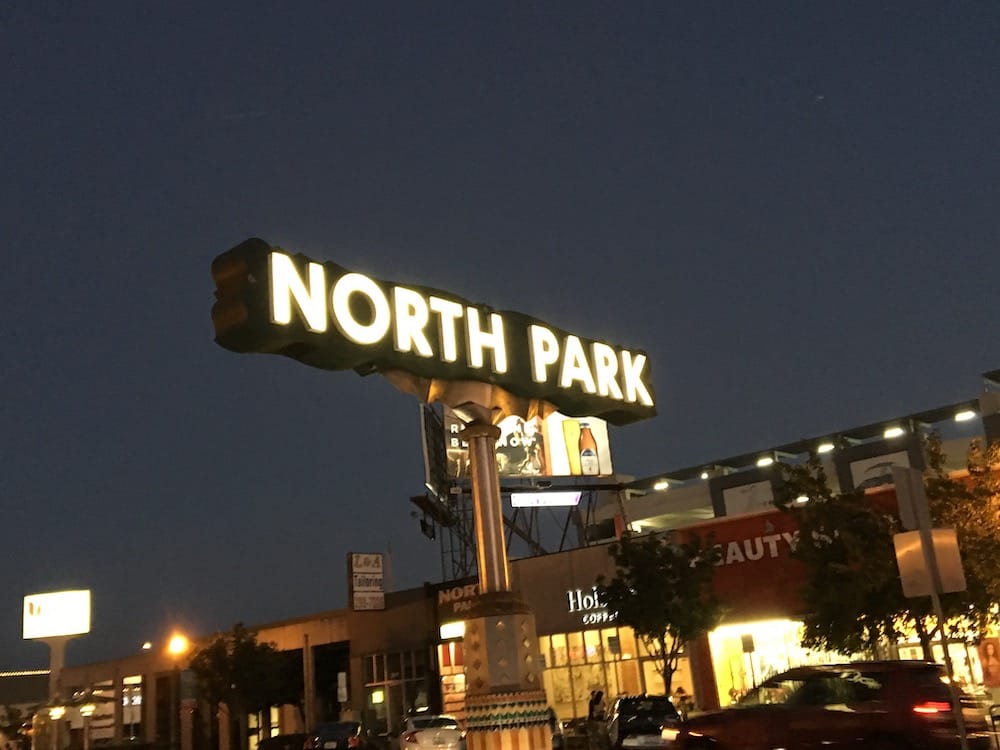
We explored the varied coast of Southern California; from cliffs and rocky coastline with rock pools full of sea creatures at low tide and a patrol of sea lions chasing off surfers who got too close, to broad sandy beaches where locals actually do rush to after work in their battered vans, change out of their work clothes and surf like professionals. The beach seems to be the great leveller and relaxer for Californians.
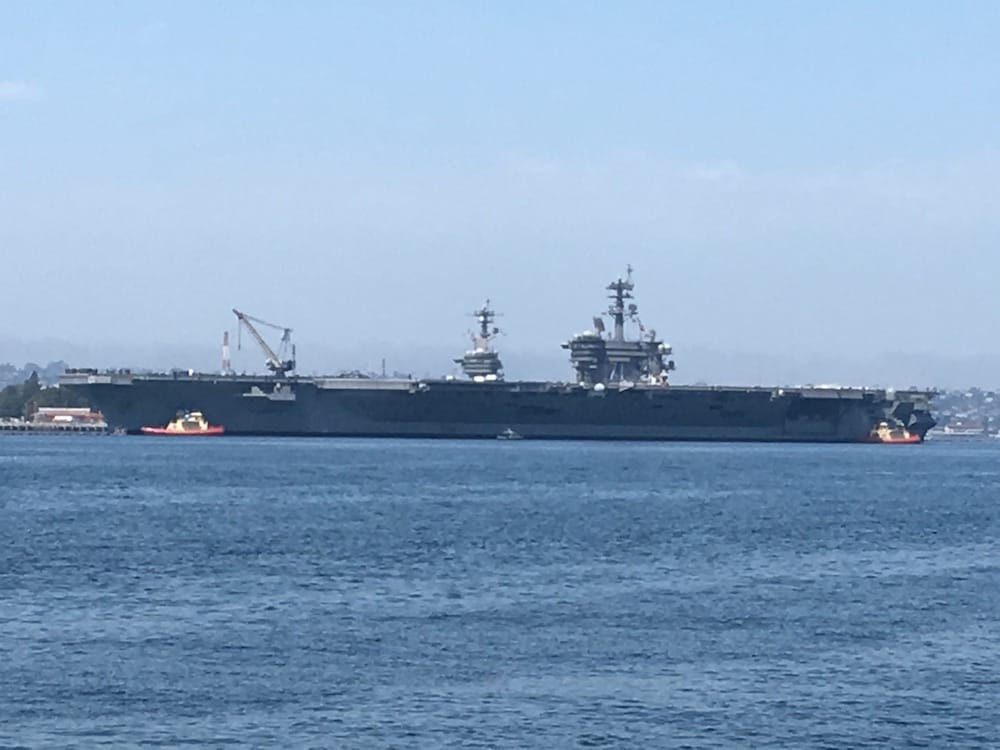
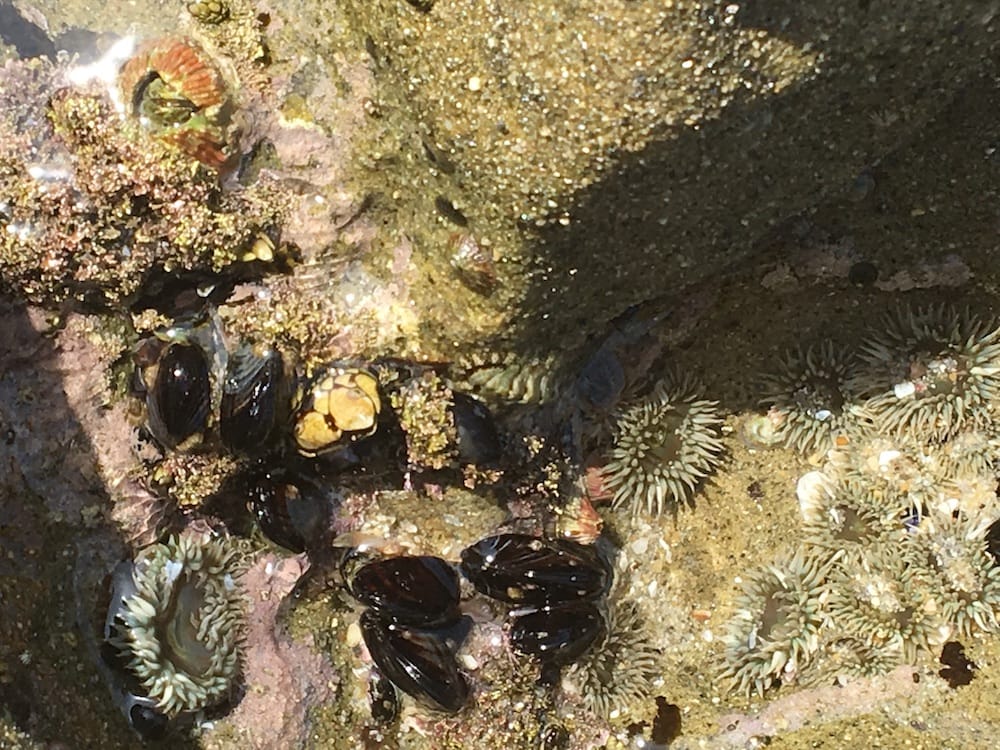
In the city, Balboa Park was a lovely discovery. It was built for an exposition in 1915 in Spanish Revival style. Now the buildings house galleries and museums and formal and informal gardens. Next to the Park is the San Diego Zoo. It concentrates on helping species threatened with extinction. 24 years ago, when we visited, we had a three-year-old Daughter #1 with us and couldn’t really do it justice. This time, we saw animals we didn’t know existed and spend some ‘quality’ time with others.
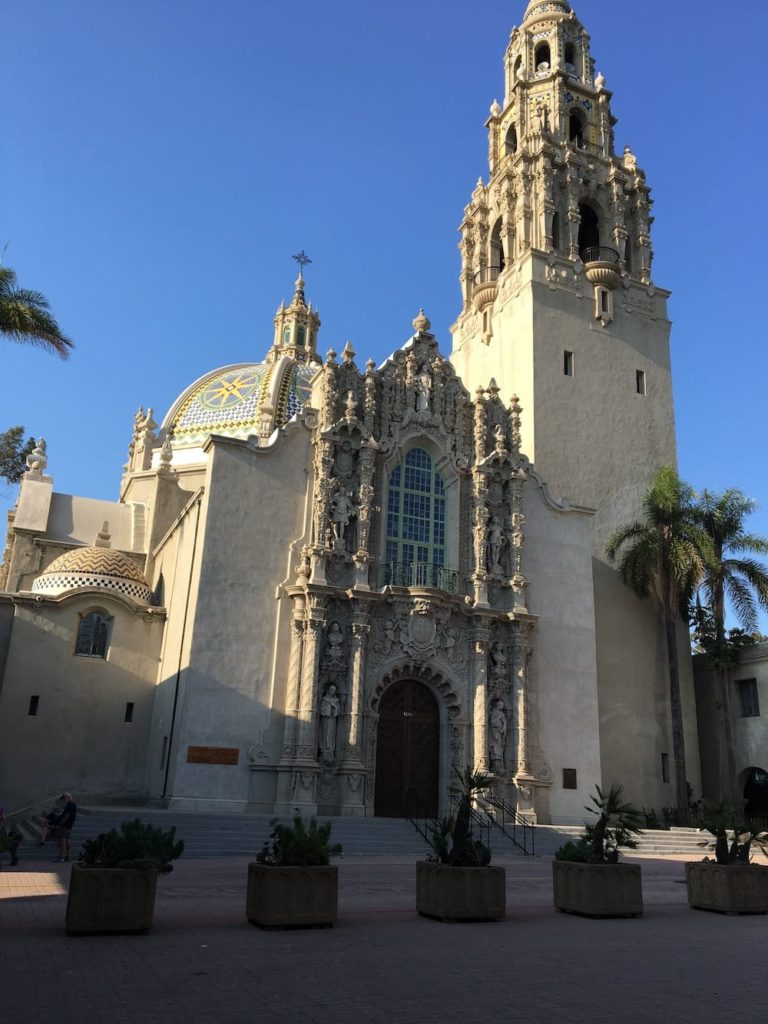
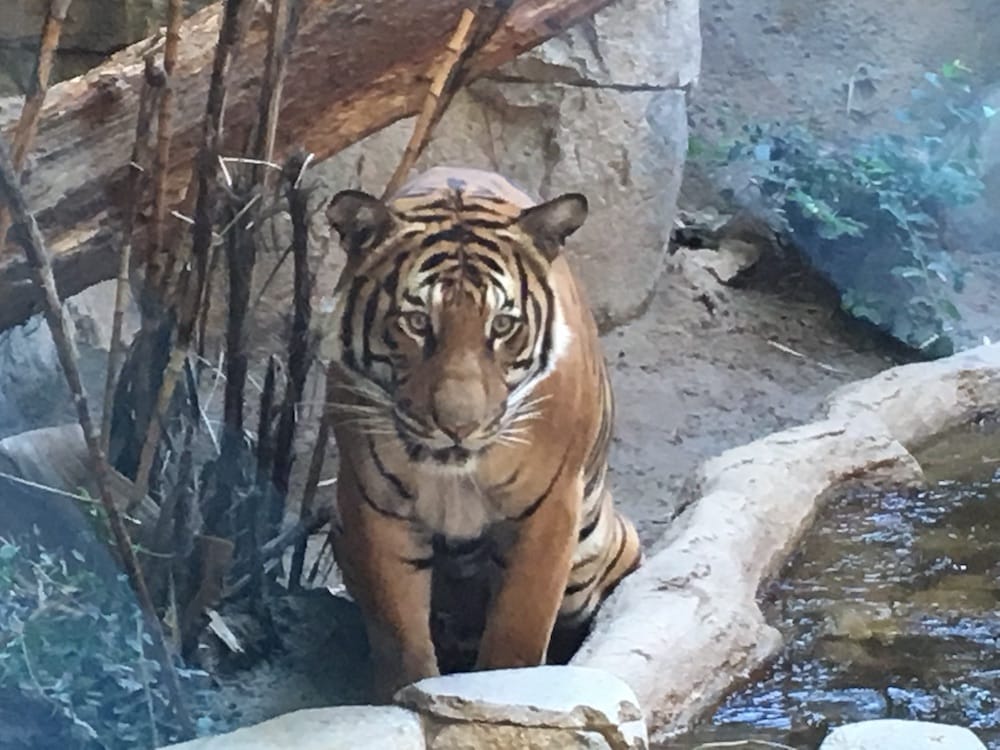
After a month of travelling South along the coast, it was now time to head East, through the desert to Palm Springs. The first surprise as we drove along the Colorado Valley was to be greeted by the gently rotating arms of the 3,500 white wind generators lined up on either side of the highway like angels waving hello. Solar panels would not have surprised me, but this is one of the windiest places in the world. The second surprise was getting government warnings of flash floods on my cell phone. Floods? In the desert? It turns out that the mountains are high – up to 9,000 feet or 2,700 metres – and thunderstorms can push water down the steep canyons into the valley very quickly, carrying trees and rocks with it.
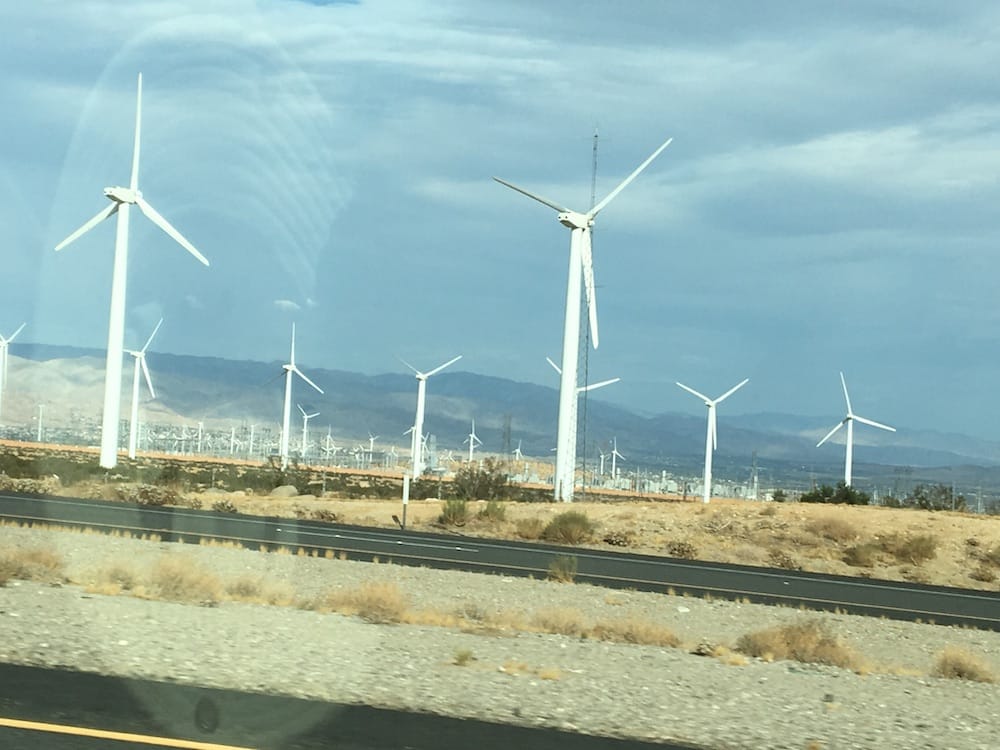
We knew it would be hot, but this was the sort of hot where the visitor centre guide looks at these out-of-season tourists and tells them to take the gondola up Mount Jacinthe for the view and the temperature drop from 113 F, 45 C to 77 F, 25 C. The views were spectacular, but he had me at 25 C. The gondola rotated 360 degrees as it rose through seven different environments in ten minutes, from sandy desert to alpine forest. Hard to imagine, but in the winter, you can cross-country ski, dogsled and snow shoe here. The next morning, we were back to extreme heat as we walked through the Indian Springs Oasis at the foot of the mountain, as a tribal ranger explained how the local tribes lived before the Spanish arrived in the valley.
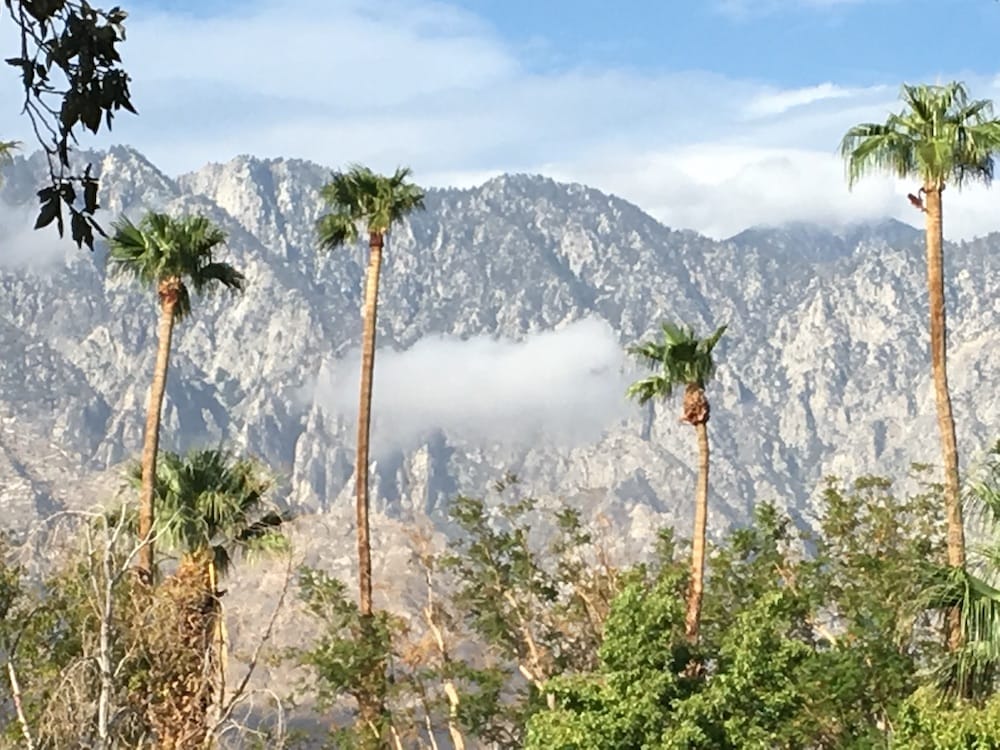
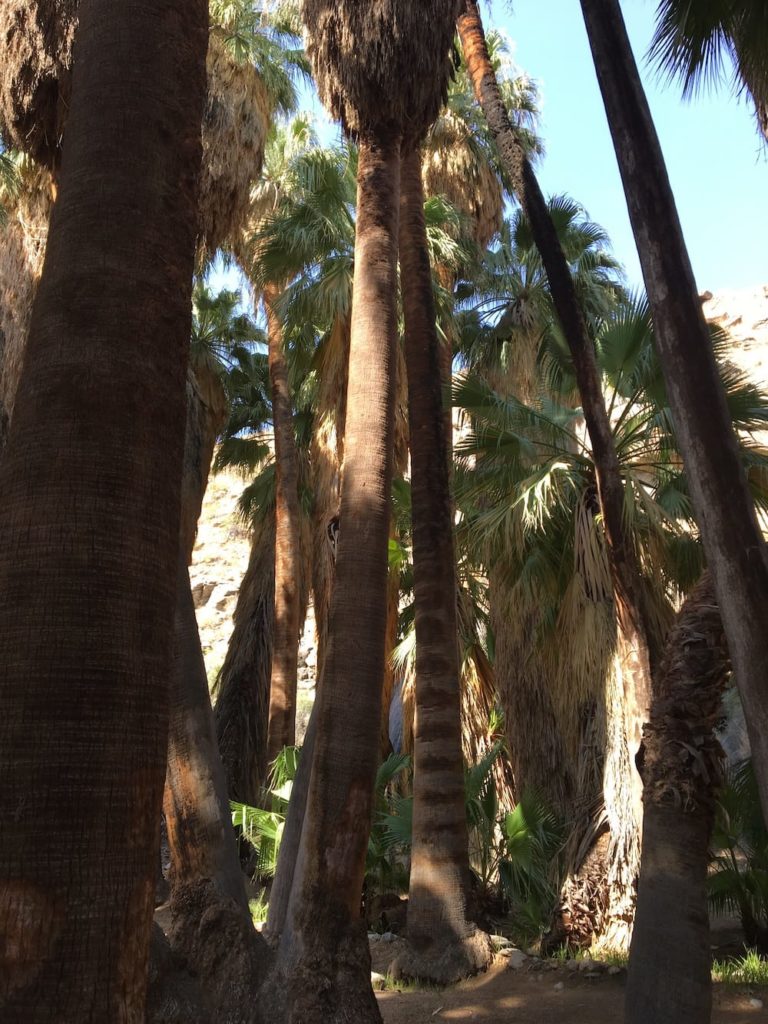
I thought Palm Springs was full of rich retirees and vacationing film stars, but of course they are not there in the summer. Instead, when we went downtown on a furiously hot Saturday evening (still 95 F, 35 C at 9 pm), the bars and restaurants were busy with groups of not very affluent-looking young people, several of which were obviously ‘stag’ and ‘stagette’ parties. And then the penny dropped; the resorts must offer low-price packages in the summer and people use them for weddings. One bevy of girls led by the bride-to-be in a white veil was wearing white tank tops with ‘So, we are going to be nude’ on them. Now many of the resort hotels are ‘clothing optional’. I put ‘clothing optional’ and ‘wedding’ together and started wondering. What did that veil cover? Could one get married in the nude? If so, where would the bride put the ‘something blue’? I will never know, because the group went tipsily into The Desert Sun Resort and disappeared behind the ochre-coloured wall; their giggles fading gently into the chirp, chirp of crickets and the swoosh of water misters.
Our main reason for stopping in Palm Springs was to visit Joshua Tree National Park. Again, few tourists were out because of the heat. In the loos at the entrance to the park a chart instructed visitors to check the colour of their pee to make sure they were not dehydrated. We passed the test and had plenty of water with us, so we set off up an elevation of about 1,000 ft to a beautiful view of the park behind us and the Colorado Valley in front of us, the Saltern Sea to the East and Mexico to the South. The real stars of the park, however, were the Joshua trees, reaching up to the heavens like toddlers wanting ‘up’. The extraordinary rock formations and boulders also literally stood out. It’s as though a giant picked up the pyramids, squashed them like play dough, and set them back down higgledy-piggledy. Some of them form a ring which creates the Hidden Valley, where in the 1930s, cattle rustlers hid their stolen animals.

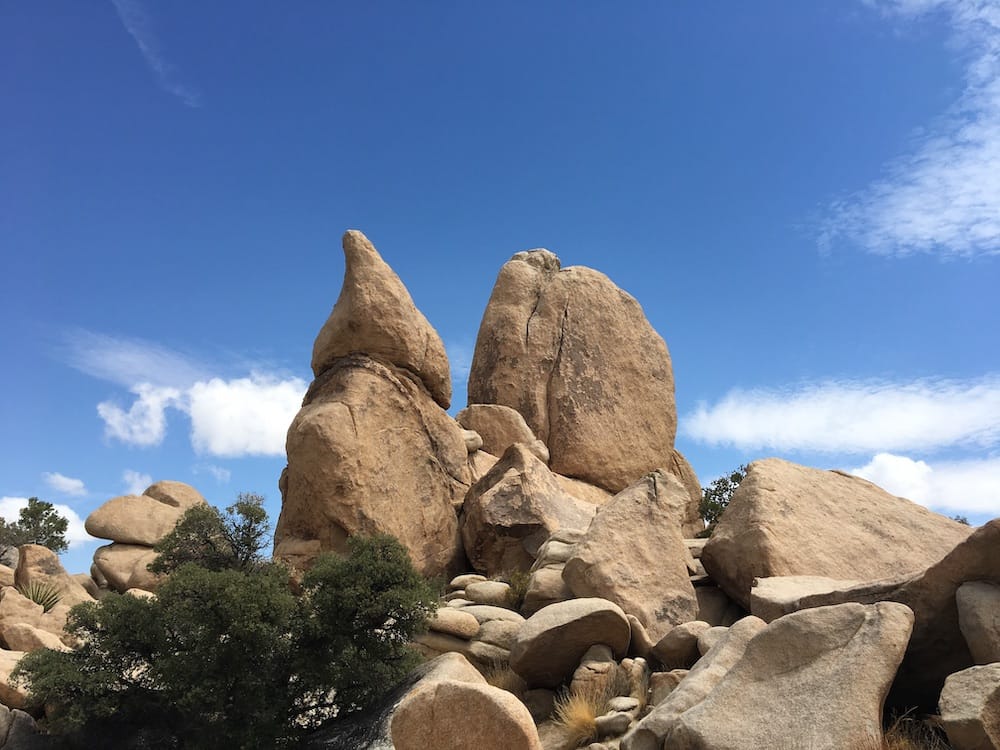
Talk of cowboys and homesteaders got us ready as we moved on into the ranch country of Arizona.